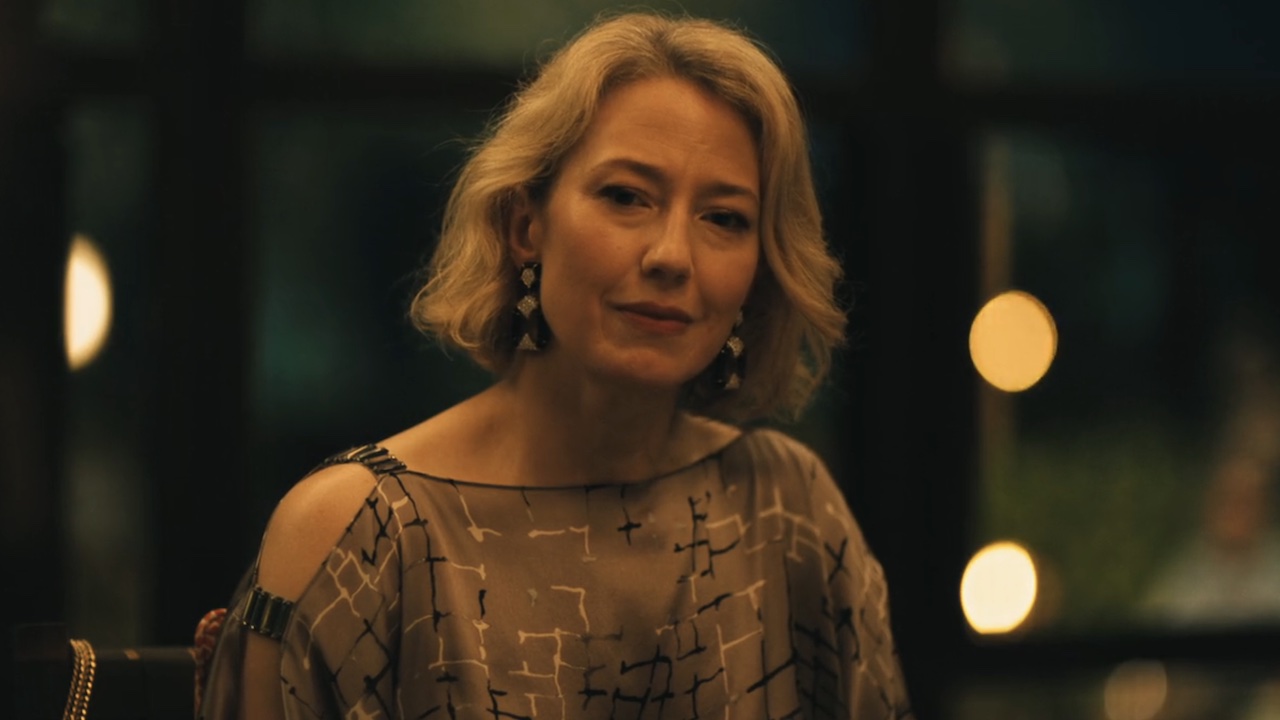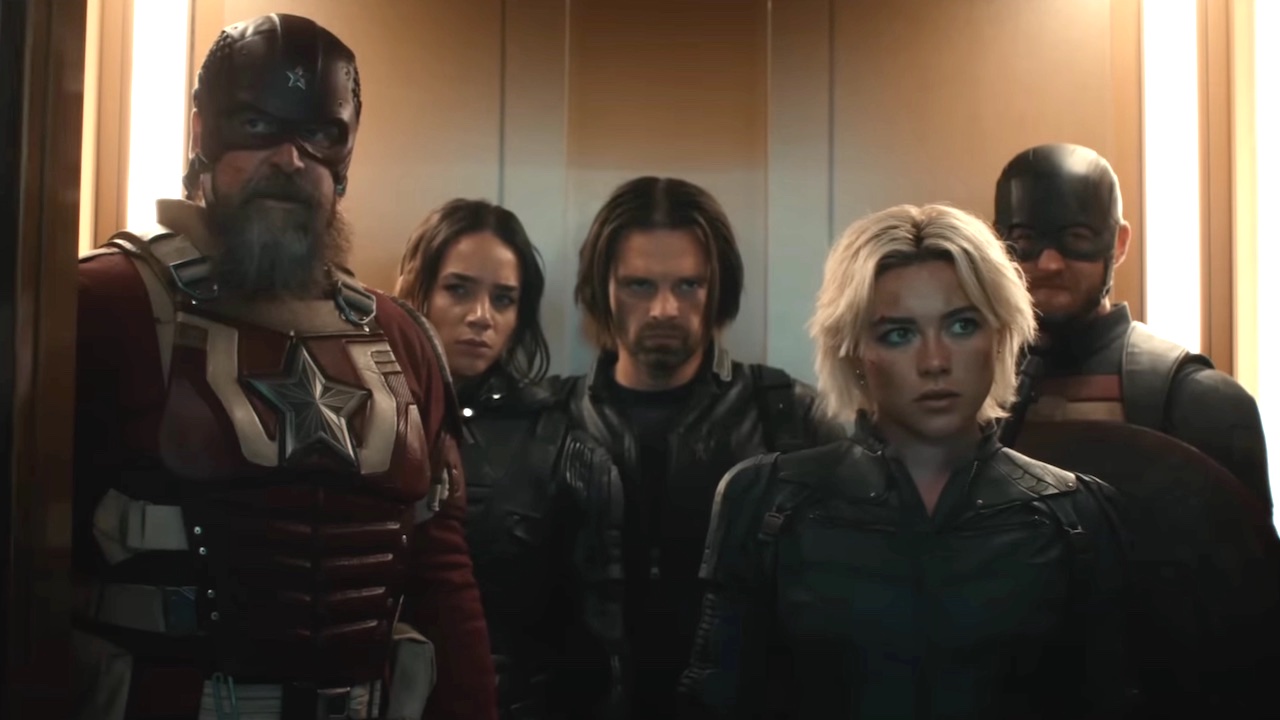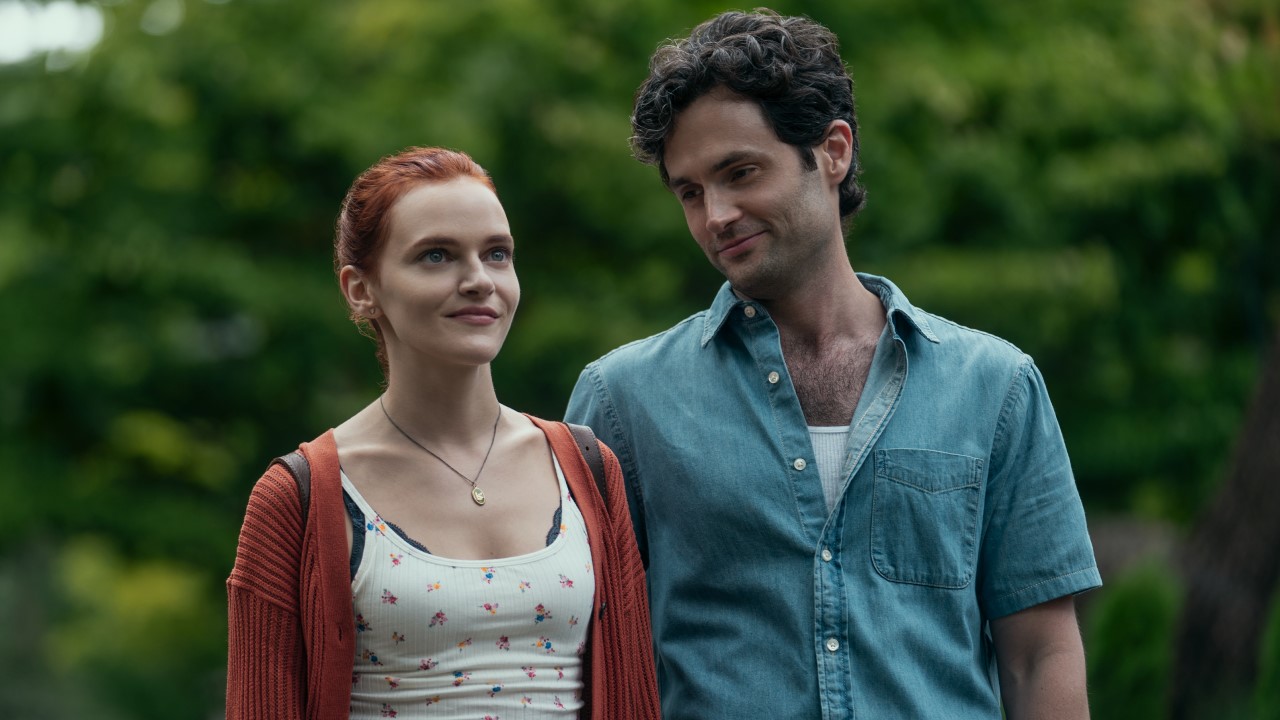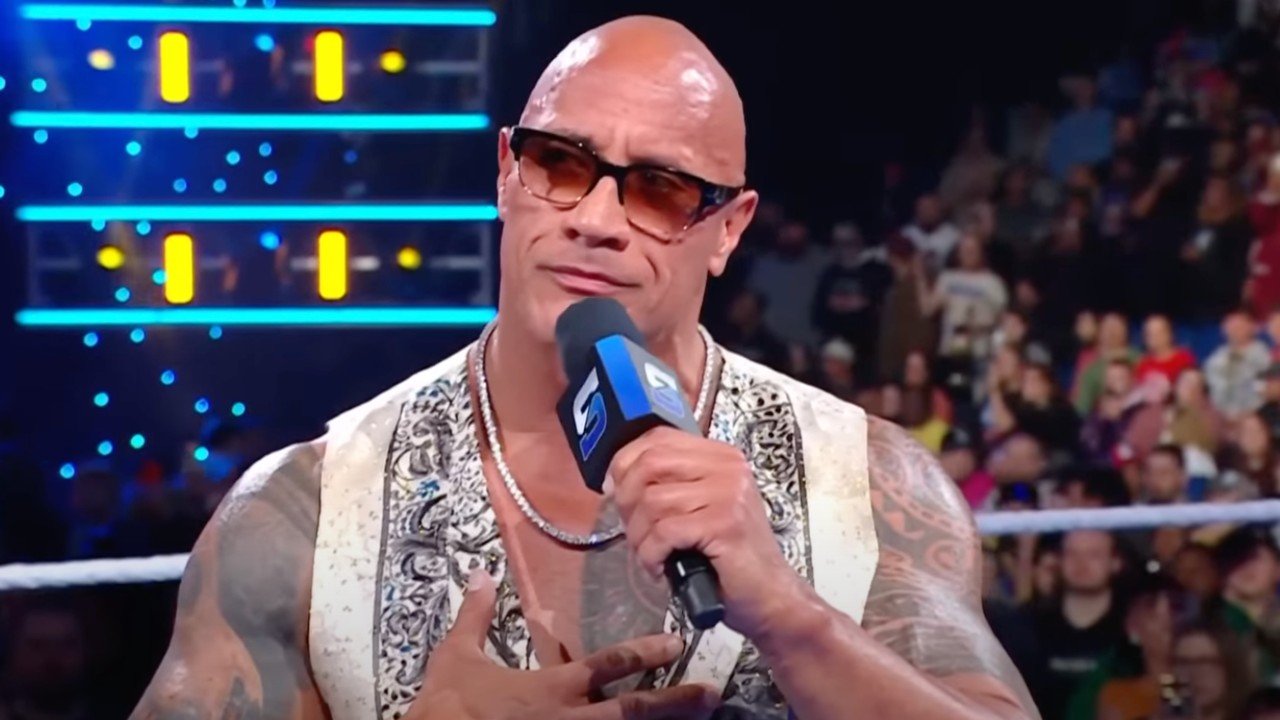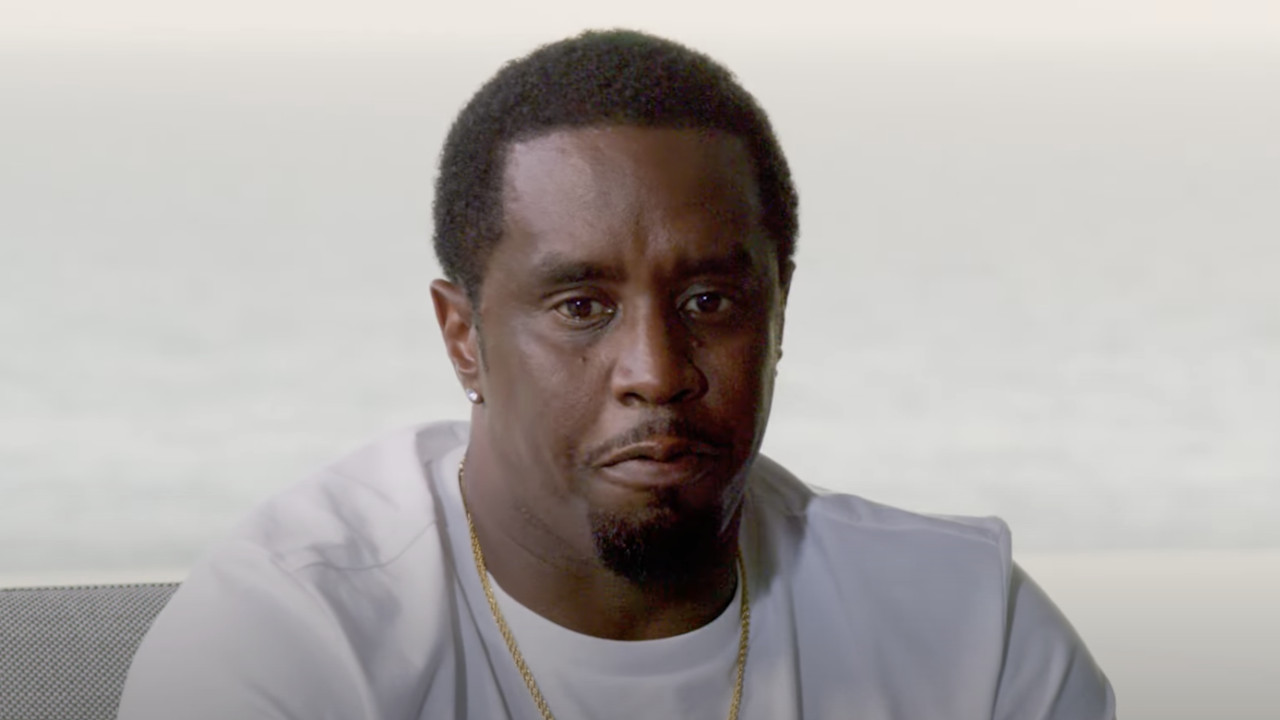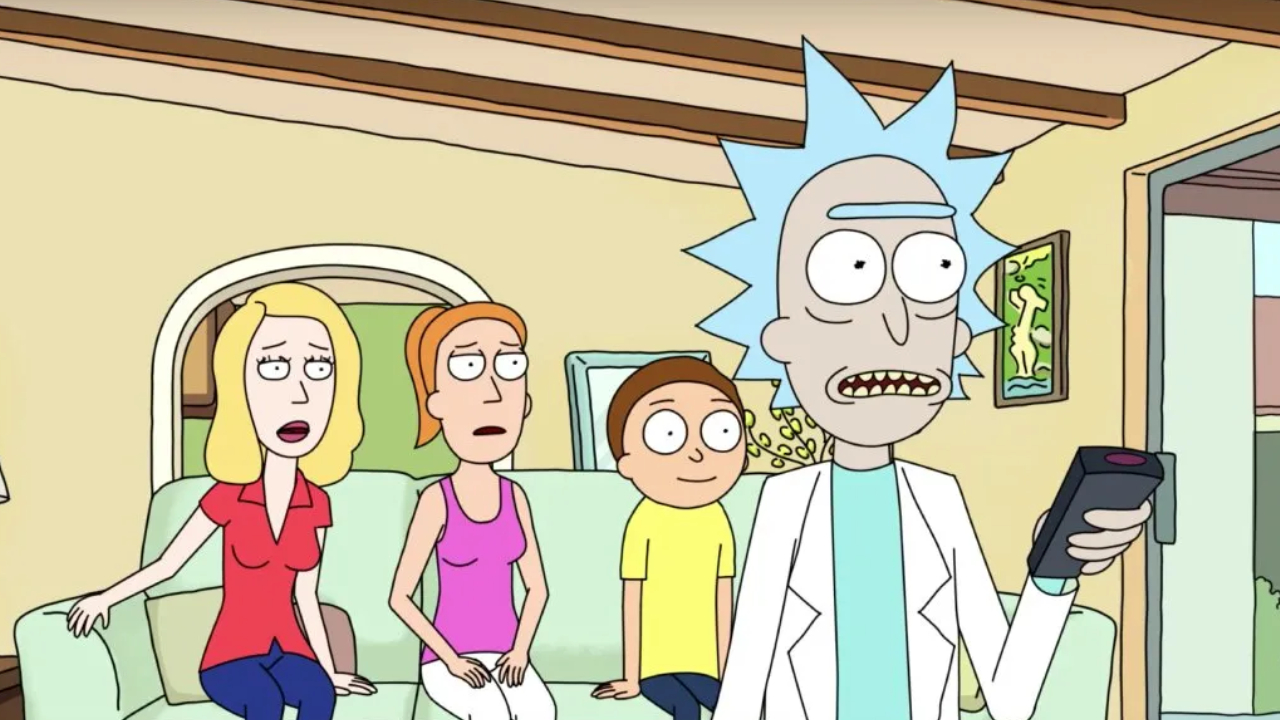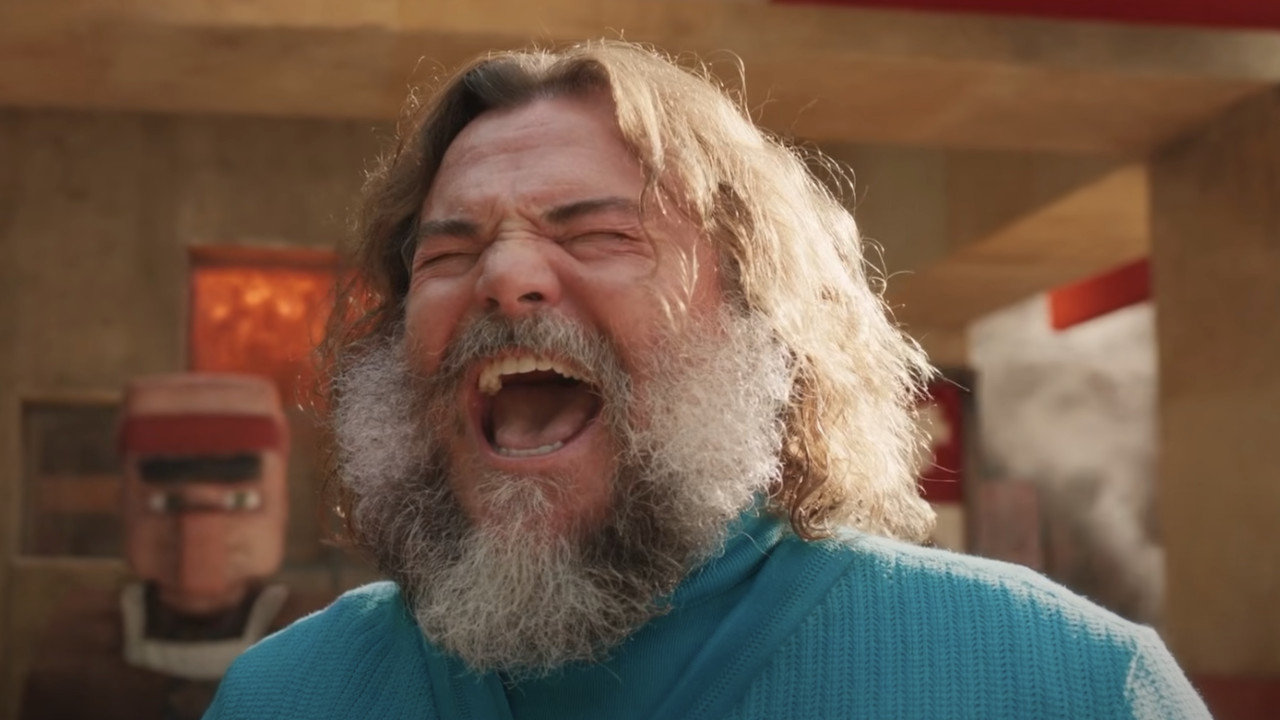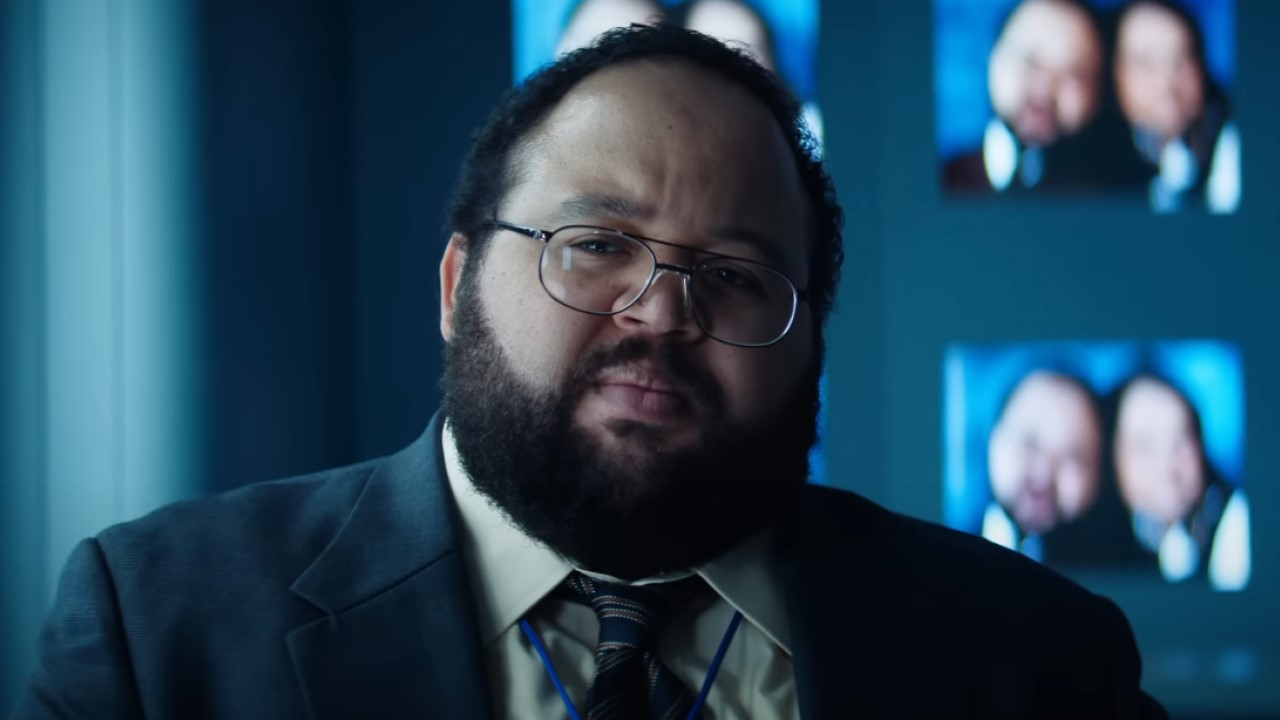The Real Reason Cloverfield’s Plot Details Didn’t Leak Online During Filming
How to keep a Large Scale Aggressor a secret while absolutely trying.

1-18-08: it was a pseudo-title, it was an iconic portal to one of the best alternate reality games, and it was the date 15 years ago that the film Cloverfield made it into theaters. Serving as Matt Reeves’ third directing gig, and arguably one of the best sci-fi movies ever, it was a found footage sci-fi epic that was shrouded in mystery from the first moment audiences laid eyes on that first teaser in 2007.
What’s even more remarkable about the project’s success is how that web of secrecy was maintained. Part of that was thanks to the production itself taking some now standard precautions, but that story also includes the real reason plot details to the J.J. Abrams-produced film never leaked online, and it's a doozy.
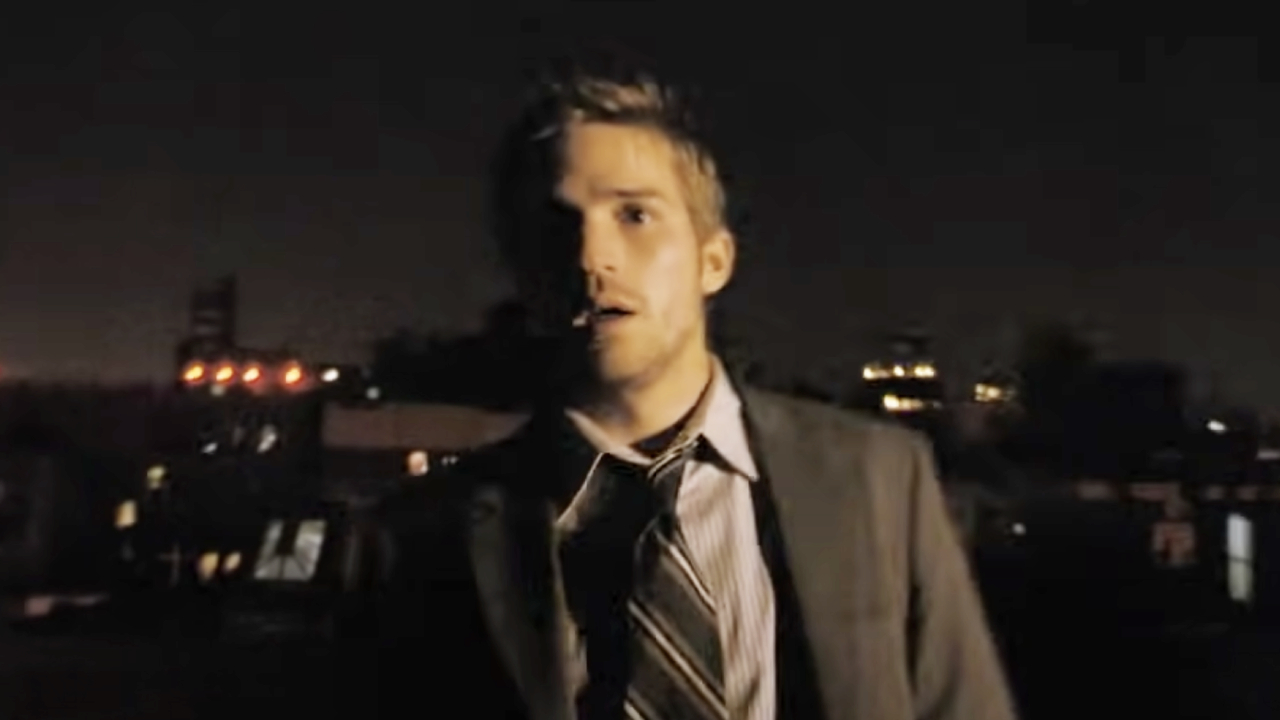
Cloverfield Couldn’t Be Leaked Because It Technically Didn’t Exist Yet
It’s kind of hard for a script to leak when there are no pages, and that’s the situation that Reeves was presented with when signing on. The director of War for the Planet of the Apes and The Batman pointed this out during our recent conversation to celebrate the 15th anniversary, as well as Paramount’s 4K Steelbook re-release, of Cloverfield.
I didn’t know that at the time, so I addressed the subject of production leaks, wondering if something had slipped through the cracks. Denying that possibility, Matt Reeves told CinemaBlend the origin story of how he became the director on this franchise starter and just how tight security was for the details that were available:
Oh gosh. Did anything leak? I don't think anything leaked. You know, the script was printed on crazy red paper, which you could barely read when you were shooting. We were super buttoned down. I don't think there was anything leaked. I mean, to be honest with you … when I came on, there was 12 weeks until we were gonna start shooting. And at that point there was no script. … , I was like, ‘Well, can I just wait till the script comes in? [J.J. Abrams] goes, ‘No, cuz we're shooting in 12 weeks.’ And I was like, ‘Oh my God.’
To truly understand just how big of a deal this is, we need to go back to July 2007. The debut of the first Transformers movie from director Michael Bay was already a massively-hyped event, which moviegoers packed into theaters all over.
Just before launching into Optimus Prime’s big screen triumph, the teaser below debuted with no title and without any discernible IP. All we got was a cryptic video of a party that turns into a night from hell, and the details that J.J. Abrams was producing it for a January 18, 2008 release.
This wasn’t how you marketed a movie back in 2007, when the internet was still young and Netflix was still a mail rental company. It’s not like when The Cloverfield Paradox debuted in 2018, where a top secret Netflix meeting could lead to a brand-new movie debuting a trailer before premiering on a streaming service the very same night.
CINEMABLEND NEWSLETTER
Your Daily Blend of Entertainment News
No one knew what this movie was and what the central characters and creatures were. They didn’t even know the name of what they were supposed to anticipate. All anyone knew was that Cloverfield was coming, and that movie marketing was forever changed.
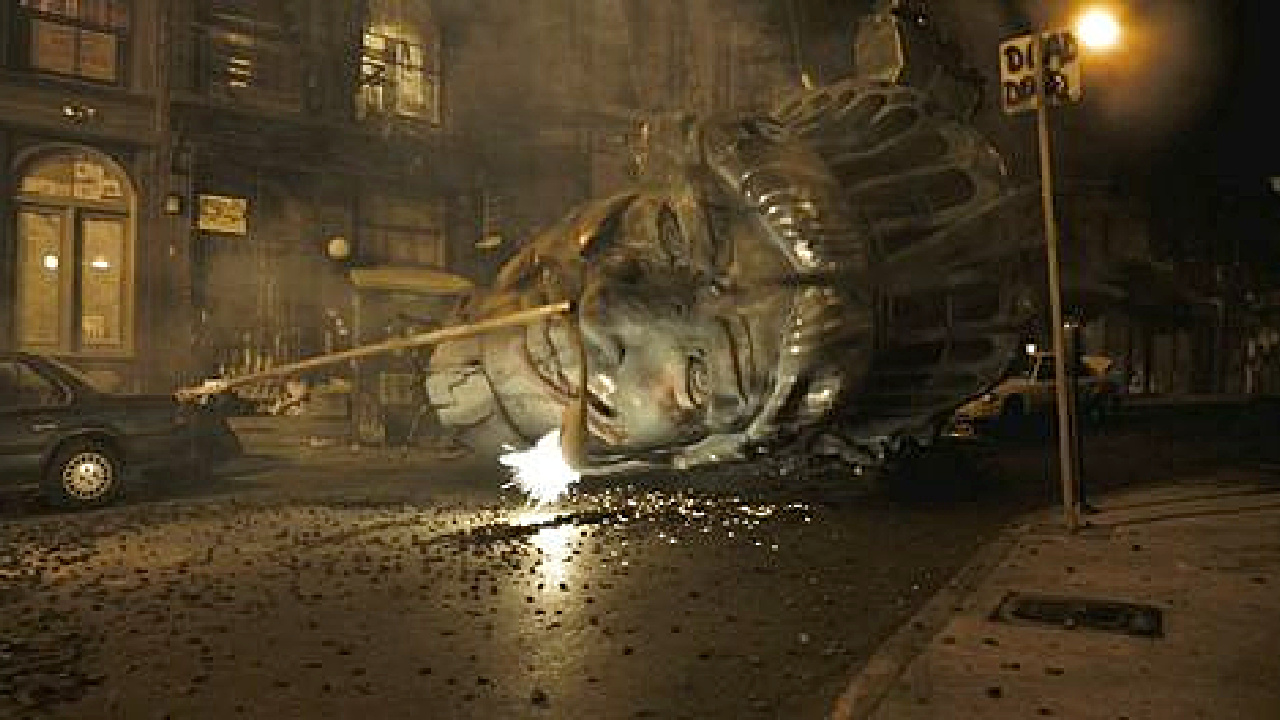
How Cloverfield’s Story Was Shaped, And The True Purpose Of That Teaser
Meanwhile, the mystery of what the film actually was stared Matt Reeves square in the face, as if Clover was challenging him to take this ambitious, but scriptless job. It was a problem that was soon solved between Reeves and writer Drew Goddard, who was another J.J. Abrams acolyte on board this mystery ship. As he continued to explain the scenario that yielded Cloverfield’s story, Reeves also hammered home just how important that immortal teaser was to the entire project:
There was an outline that Drew [Goddard] had … so Drew and I got together and we just started talking through the outline, and then we beat out a bunch of stuff. I'd say we probably did it for like another seven to eight weeks, working together every day. And then during that time I was also planning to make that trailer, which was big one you were talking about, with all the publicity at the time, the trailer that came in on Transformers. That was actually a test for us to see if we actually could make this movie. Because at the time, the idea of doing a handycam movie that had effects and sort of, you know, mixing the two formats, like that kind of format to do a thing where with a kind of handheld camera, could they track it? Could they put in the head of the Statue of Liberty? So we're doing all that crazy stuff, but the story we were still working on.
Proof of concept teasers can sometimes be the most promising way to draw the attention of a fanbase that’s either devoted to an existing IP or hungry to embrace a new concept. It’s the same approach that eventually saw Tron: Legacy spark interest with its loyal fans thanks to a conceptual trailer shown at 2009’s San Diego Comic Con.
You have to remember, this was still a period of time where “found footage” invoked the sacred image of 1999’s The Blair Witch Project. As Matt Reeves pointed out, no one had really done an effects-laden spectacle in this format at the time. It was a pretty huge gamble to make, but Cloverfield found itself striking it rich thanks to its unconventional strategy.
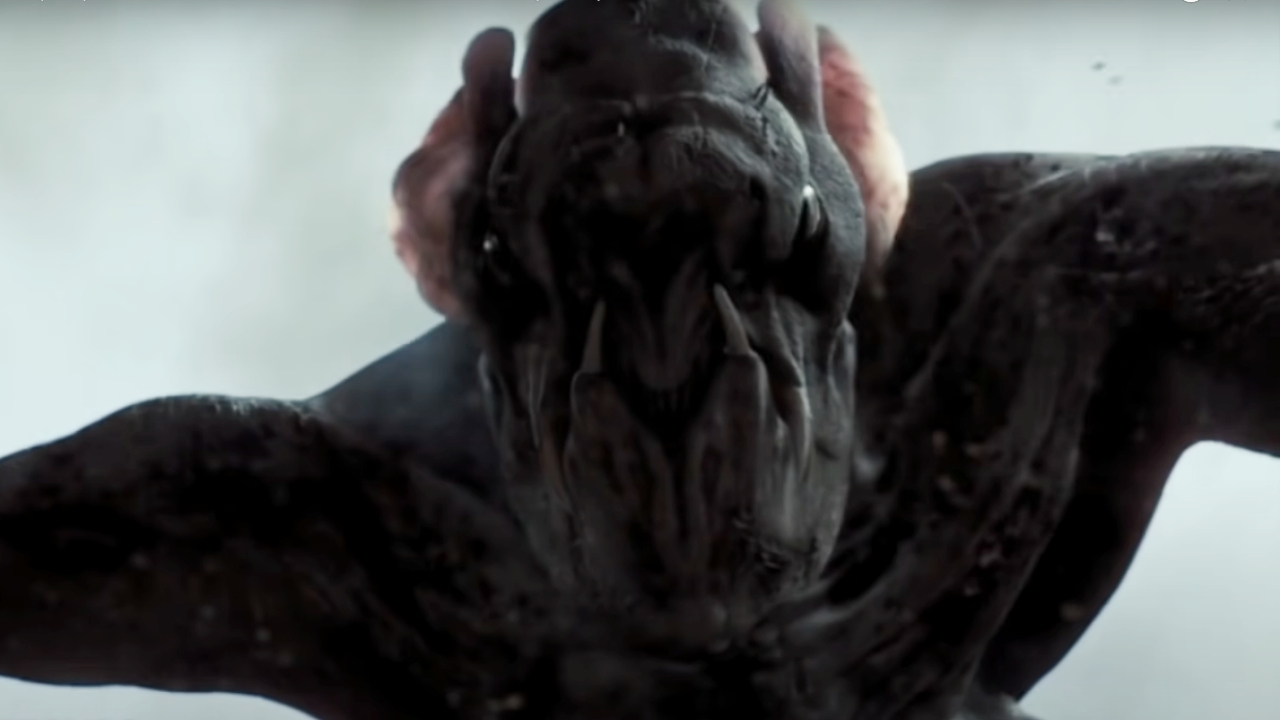
Cloverfield's Crazy Experience Turns Into A Massive Blockbuster
Another interesting hurdle when it came to Cloverfield’s development was the fact that the picture’s scriptless status impacted progress to a certain extent. As Matt Reeves was working with Drew Goddard to eventually land on the story of a search-and-rescue relationship drama playing out while a Large Scale Aggressor named Clover was stomping about New York, another department needed some guidance on what exactly to design. Here’s how Reeves recalled trying to keep his production designer, Martin Whist, in the loop of what was going on:
I was pitching my production designer the story as we were doing it, and he was like, “Well, is there a script?’ And I was like, ‘No, but I'll just tell you the story every day.’ So every day I would go to Martin Whist, the Production Designer, and say, ‘Okay, so now we're going from here to here.’ And basically he started just taking notes and he said, ‘I'm gonna go to New York and I'm gonna walk from the place where you're saying this begins until we knew it was gonna end in Central Park and I'm gonna try and figure out what we can shoot in New York, what we're gonna shoot in L.A.’ But he didn't have a script.
Through a mixture of shooting days that included both on-location shoots in New York and Los Angeles, as well as some warehouse and backlot dependent sequences, Cloverfield seamlessly conveyed this tale. All the while, message boards tracking the alternate reality game were also picking up on small hints at what this untitled film might be called.
Before Cloverfield was selected, a combination of false and potential titles were floating around. Everything from Cheese and Slusho to Monstrous and Greyshot was spotted on sets or whispered online. However, the movie’s contents were still a mystery. It wasn’t until the race had been run that Matt Reeves, or anyone else involved for that matter, truly knew what they had on their hands. The experience is something that the director would sum up in the following remarks:
So I guess this is the long way of saying it would be hard for things to leak, because we didn't even have a script as we were beginning. And when we were making the trailer, I remember very specifically everyone when the trailer came out, cuz we'd only been a few weeks into shooting. We certainly had a script at that point we were shooting, but it was one of these things where I was like, everyone's wondering what this movie is. And frankly, we're just still making it, so we’re wondering what the movie is, in a way. It was a crazy experience. I've never gone through anything quite like it. It was really unique and fun.
Made on an estimated budget between $20 and $30 million dollars, Cloverfield would withhold its title for the four months following that teaser’s release. With the help of the ARG playing out on 1-18-08.com, the world was drawn deeper into this intriguing rabbit hole that didn’t have a name. By time the film was released in January 2008, it proved to be a worldwide success, grossing $172.4 million, and setting the table for two anthology-style sequels: 10 Cloverfield Lane and The Cloverfield Paradox.
Matt Reeves would go on to continue making a name for himself as a blockbuster auteur, eventually landing the latter two sequels in the Planet of the Apes reboot trilogy, as well as helming The Batman. While those projects absolutely have their own levels of secrecy and protection, even Reeves has agreed that nothing like Cloverfield’s seat of the pants origin story has crossed his desk since.
15 years later, we’re about to see a new direct sequel to 2008’s Cloverfield come into the world, with the script already being developed by writer Joe Barton. Who knows what new levels of secrecy and deception will need to be employed this time around, as you can bet that there will be a finished script present when the cameras start rolling.
Cloverfield is currently getting ready to release that 4K Steelbook re-issue onto the market. You can pick that up wherever you buy your physical or digital media titles starting January 17th - just a day before the actual 15th anniversary of the theatrical release. Fans can also stream the film on Pluto TV and DirecTV, should they want to get back to that world a little quicker.

Mike Reyes is the Senior Movie Contributor at CinemaBlend, though that title’s more of a guideline really. Passionate about entertainment since grade school, the movies have always held a special place in his life, which explains his current occupation. Mike graduated from Drew University with a Bachelor’s Degree in Political Science, but swore off of running for public office a long time ago. Mike's expertise ranges from James Bond to everything Alita, making for a brilliantly eclectic resume. He fights for the user.
